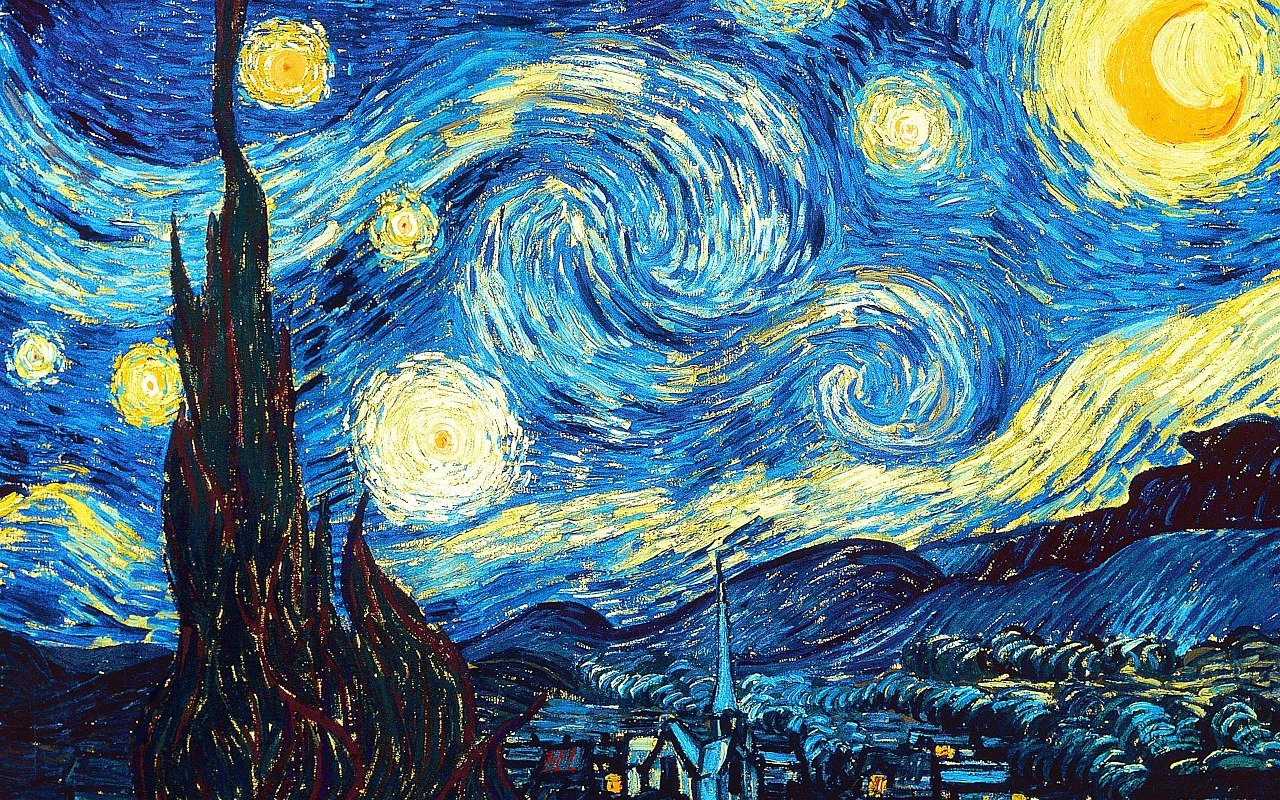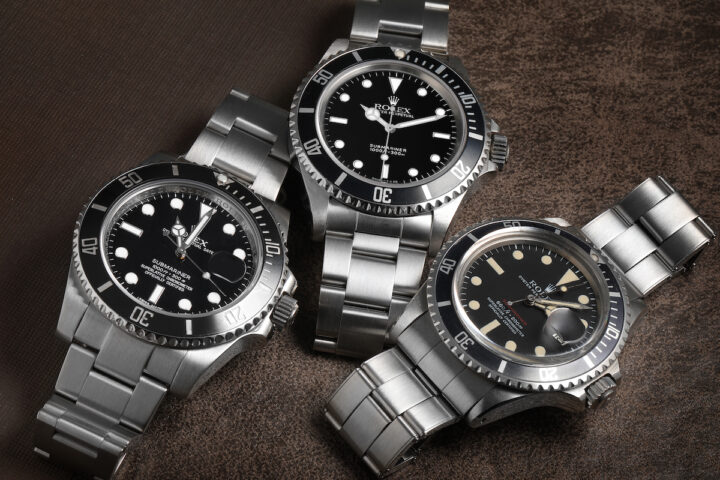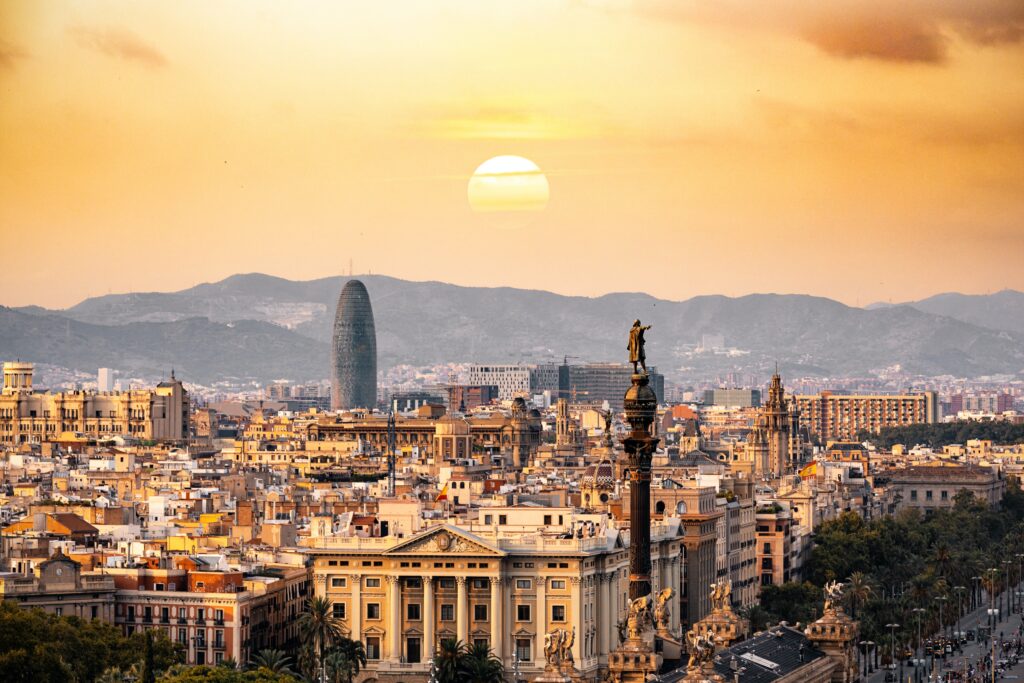The world of art is an enigmatic arena where beauty, technique, and emotion merge to create timeless masterpieces. The value of these works often goes beyond mere aesthetics; they serve as windows into the thoughts and inspirations of the artists who crafted them. But how do you quantify such value? While art is inherently priceless, the market tends to give it a numerical value—sometimes in the millions or even hundreds of millions. Below, we delve into the mystique and allure of some of the most famous paintings. From Da Vinci’s captivating “Salvator Mundi” to Mark Rothko’s abstract spectacle, these are not just paintings but cultural landmarks.
Delve deeper into these iconic paintings, their past, importance, and current whereabouts.
Also Read:
The Crown: Star Of The Queen Elizabeth II Coin Collection Is Worth Whopping $23 Million
The World’s Top 6 Most Expensive Footwears: A Journey Through Luxury
Top Ten Famous Paintings
Below are the ten priceless paintings of all time. Read on to review their history, location, and what makes them invaluable.
1. “Mona Lisa” by Leonardo da Vinci

Location: Louvre Museum, Paris
Owner: French Government
The “Mona Lisa,” also known as “La Gioconda,” is perhaps the most recognized painting globally. Painted by the famous Leonardo da Vinci between 1503 and 1506, the painting captures the serenity and mystery of its subject, a woman believed to be Lisa del Giocondo. King Francis I of France acquired the artwork, and has been displayed in the Louvre Museum since the French Revolution. Its value is considered to be priceless. The painting’s enigmatic smile, the play of light and shadow on the face, and the distant, misty landscapes that form its background have made it a subject of fascination and study for art scholars and admirers alike.
2. “Starry Night” by Vincent van Gogh

Location: Museum of Modern Art, New York
Owner: Museum of Modern Art
Vincent van Gogh’s “Starry Night” is a post-impressionist masterpiece that captivates viewers with its swirling, vividly colored night sky and celestial bodies. Created in 1889 while the artist was in a mental asylum in Saint-Rémy-de-Provence, the painting often represents his emotional and psychological state. Although it was not sold in van Gogh’s lifetime, it’s now considered priceless and is housed in the Museum of Modern Art in New York.
3. “The Persistence of Memory” by Salvador Dalí

Location: Museum of Modern Art, New York
Owner: Museum of Modern Art
Salvador Dalí’s “The Persistence of Memory,” created in 1931, is one of the most iconic works in the surrealist movement. The painting is renowned for its melting clocks, set against a barren landscape. Often considered a meditation on the relativity of time and the fluidity of reality, this small but impactful painting is in the Museum of Modern Art’s collection in New York. Although no exact price tag can be placed on the painting, its cultural and artistic significance renders it invaluable.
4. “Guernica” by Pablo Picasso

Location: Museo Reina Sofia, Madrid
Owner: Spanish Government
“Guernica,” a mural-sized oil painting by Pablo Picasso, was completed in 1937 in response to the Spanish Civil War bombing of the Basque town. It remains one of the most powerful anti-war pieces of art. The painting’s cubist style and monochromatic color scheme highlight the agony and chaos resulting from war. Located in Madrid’s Reina Sofia Museum, its impact on the global consciousness makes it impossible to place a monetary value on it.
5. “The Scream” by Edvard Munch

Location: National Gallery, Oslo
Owner: Government of Norway
Estimated Price: $120 million (for one version)
Edvard Munch’s “The Scream” is one of the most iconic images in art. Created in 1893, this painting vividly captures a figure with a distorted face set against a tumultuous sky. It represents extreme emotional anguish, and its unsettling quality has made it a symbol of existential dread. This masterpiece has four versions; one was auctioned for nearly $120 million in 2012.
6. “Girl with a Pearl Earring” by Johannes Vermeer

Location: Mauritshuis, The Hague
Owner: Mauritshuis
Known as the “Dutch Mona Lisa,” Johannes Vermeer’s “Girl with a Pearl Earring” was painted in 1665. The painting captures a young girl wearing an exotic turban and a pearl earring, looking back over her shoulder with a sense of mystery and allure. The painting has been in the collection of the Mauritshuis Museum in The Hague, Netherlands, since 1902. While no exact monetary value can be placed on it, it’s considered one of Vermeer’s most valuable works.
7. “Las Meninas” by Diego Velázquez

Location: Prado Museum, Madrid
Owner: Spanish Government
“Las Meninas,” painted in 1656 by Diego Velázquez, is often considered one of Western art history’s most analyzed and essential paintings. It captures a scene in the court of King Philip IV of Spain, displaying a complex arrangement of reflections and viewpoints. Housed in Madrid’s Prado Museum, it is another masterpiece that transcends monetary value due to its historical and cultural significance.
8. “Water Lilies” by Claude Monet

Location: Various Museums (Series)
Owner: Various
Estimated Price: Varies (millions per painting)
Claude Monet’s “Water Lilies” is a series of about 250 oil paintings created between 1896 and 1926. They portray Monet’s flower garden in Giverny and are the main focus of the Musée de l’Orangerie in Paris. Each painting can fetch millions at auction due to its pioneering impressionist techniques.
9. “American Gothic” by Grant Wood

Location: Art Institute of Chicago
Owner: Art Institute of Chicago
Grant Wood’s “American Gothic” is one of the most famous paintings created in 1930. It showcases a farmer standing beside a woman, assumed to be his daughter. The painting is a significant piece of American Realism housed at the Art Institute of Chicago. Like many iconic artworks, it’s considered priceless.
10. “The Kiss” by Gustav Klimt

Location: Belvedere Museum, Vienna
Owner: Austrian Government
Gustav Klimt painted “The Kiss” in 1907–1908 at the height of his “Golden Period.” In the painting, a couple is shown cuddling as a background of elaborate patterns serves as their backdrop. Another piece whose emotional and cultural value is far above any prospective price tag is now on display at the Belvedere Museum in Vienna.
These masterpieces, each with its unique history and impact, continue to captivate the world and stand as milestones in the timeline of art history. These most famous paintings reveal more than just the affluence of their buyers; they underline the enduring allure of art itself. While each image carries its history, technique, and thematic depth, they all share a common trait—the ability to evoke intense emotion and intellectual thought.
These iconic paintings serve as a testament to human creativity and the infinite value we place on capturing the essence of our shared experiences. Investing in art goes beyond mere aesthetics; it is an investment in the rich tapestry of human history and emotion, something that, like the paintings themselves, is truly priceless.
Read Next: A Glimpse of Grandeur: World’s Most Expensive Car Ever Made Which Costs $28 Million













